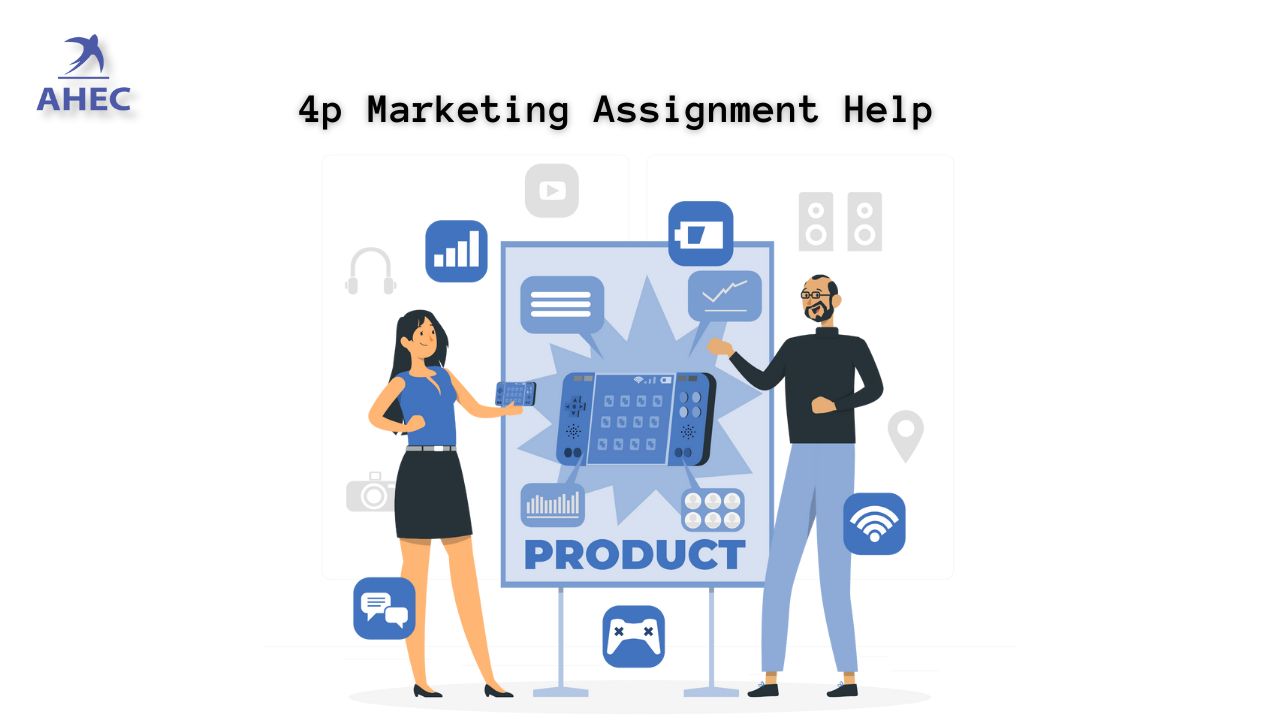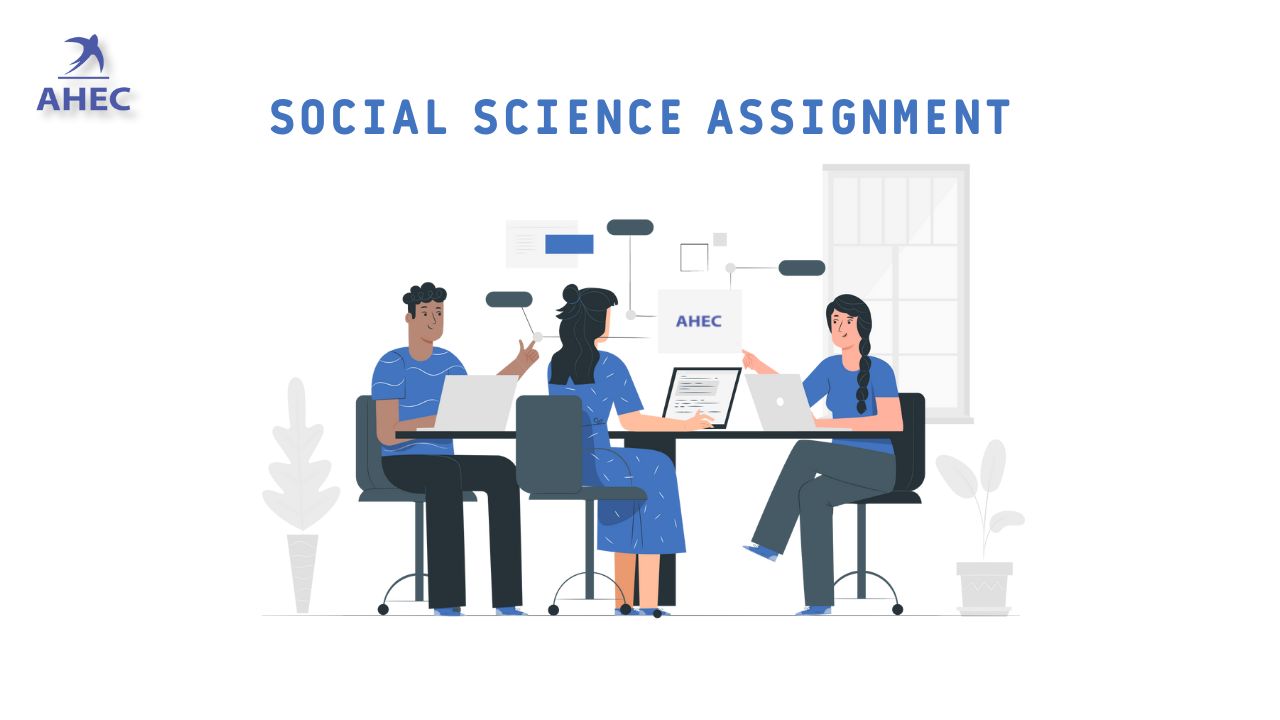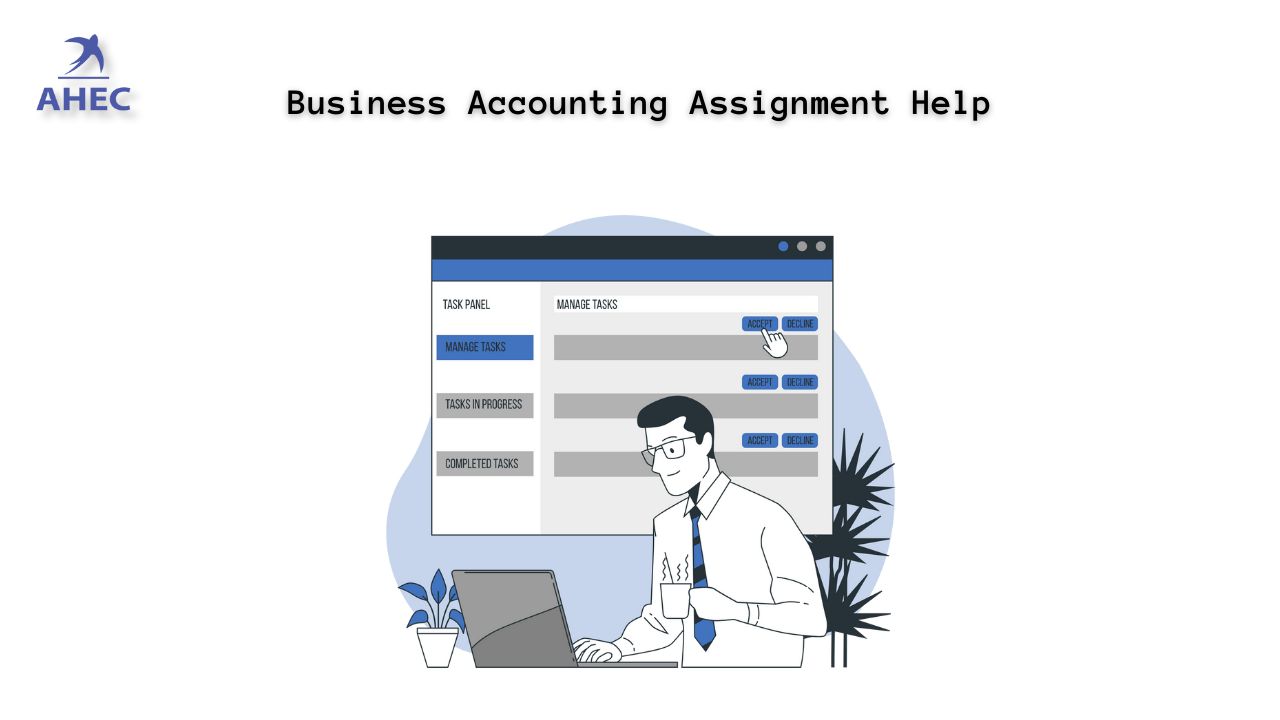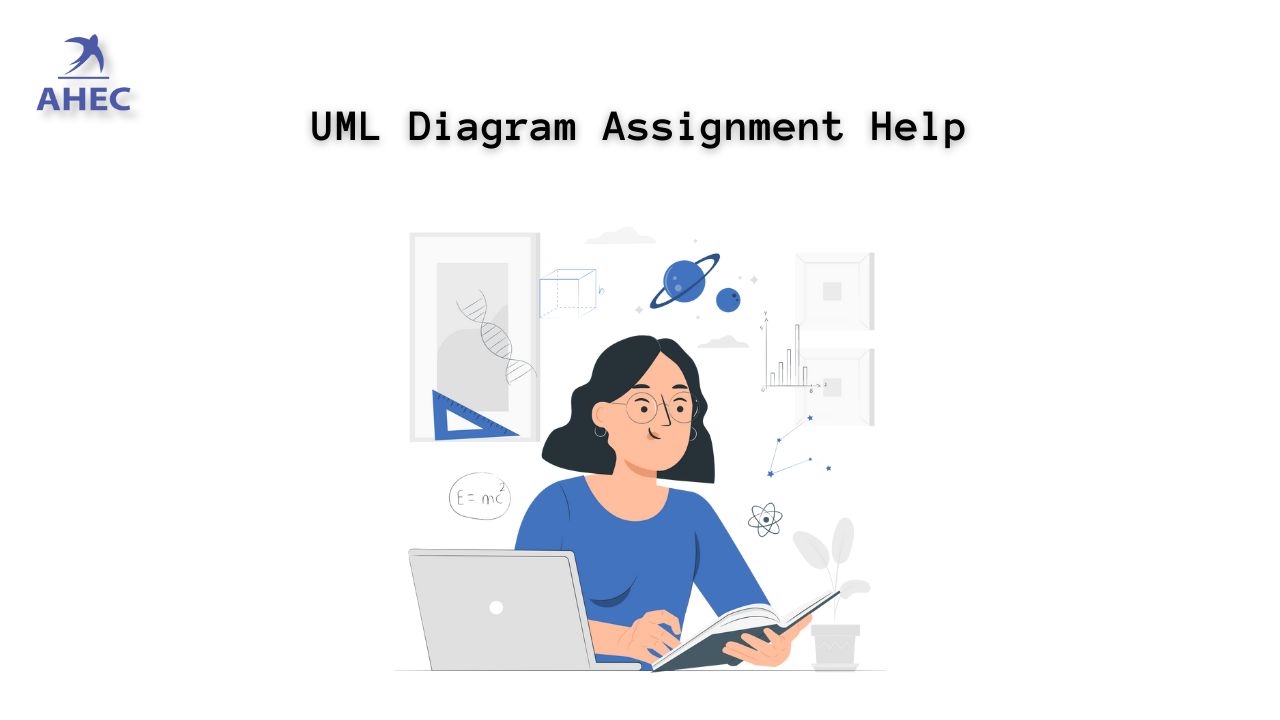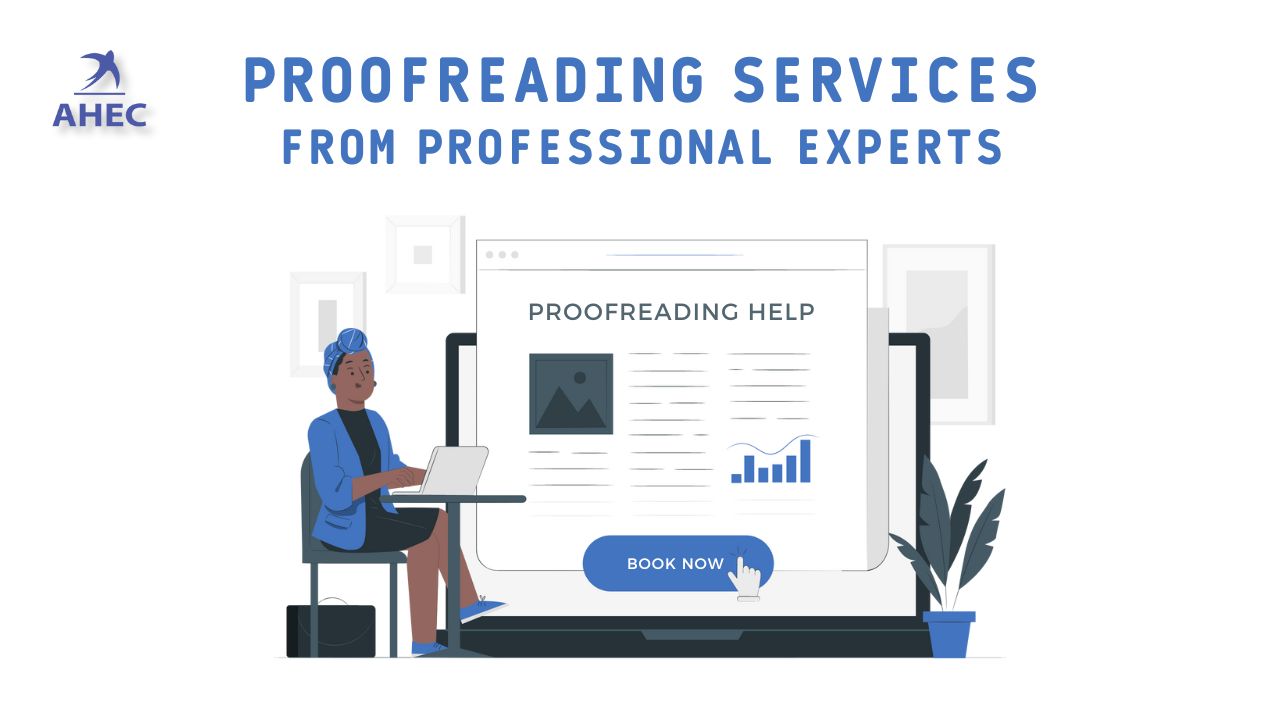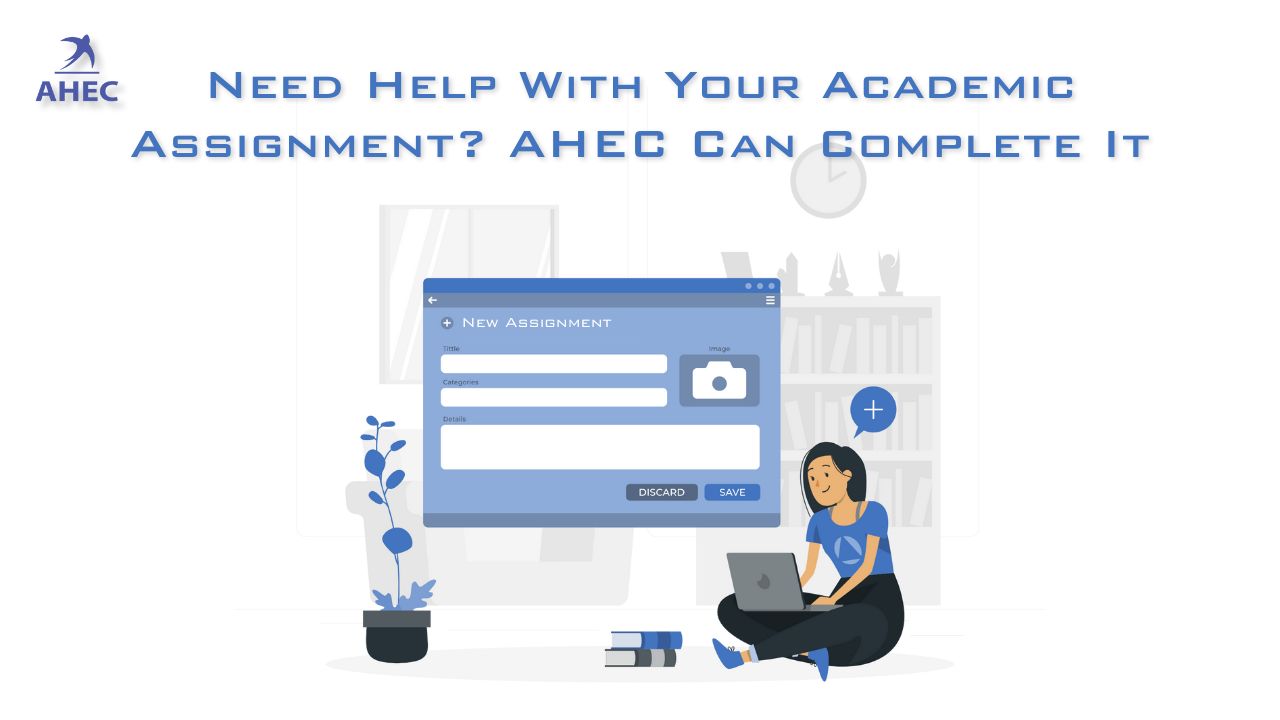LinkedIn focuses on building a relevant feed that encourages members to engage with people and topics that they value. Our goal is to match the content with the right professional.
You can share various types of updates (including photos, videos, or documents), publish your own articles, or reshare other articles. Content that’s professionally relevant will benefit from organic distribution through your network, which will allow your content to reach the largest group of professionals.
Distribution of your content
Enabling content distribution in your settings
Tips to help increase distribution
Check out our tips for writing articles for additional guidance.
How to build a content strategy on LinkedIn in 6 steps
Having an effective content strategy is a good idea, but it takes time to create and plan. As previously stated, simply creating content and publishing it on social media is insufficient. Content creation necessitates creativity and constant innovation in order to feed a virtual community that is always on the lookout for new stimuli.
For these reasons, we can divide the process of developing a LinkedIn content strategy into six steps.
1. Outline the ideal reader profile
The first step is to define your target audience: who do you want to attract to your company page? What are the most important topics for the ideal user?
To define your target audience, consider the recipient not only as a marketing subject who can be classified based on demographic and lifestyle data, but also as a reader. If a user finds valuable content on social media, they may choose to interact with your brand by commending, liking, or sharing the content with others.
To better understand the needs of users, it may be useful to use tools to monitor social groups in the same business sector and the behaviour of competitors towards their respective audiences during the first phase.
2. Identify the objectives
The second step in developing a LinkedIn content strategy is to identify your objectives. Each objective, whether it is one of notoriety, consideration, or conversion, corresponds to specific content and messages that contribute to the effectiveness of a communication strategy.
Inbound marketing exemplifies this concept perfectly and may be the best strategy to employ even on social media. Creating ad hoc content for different types of users allows you to capture the attention of new potential followers while also strengthening relationships with those you already have. So, in order to outline your strategy, you must first ask yourself, "What do you hope to achieve by creating a LinkedIn business page?"
We can proceed once the goals have been established.
3. Define metrics
What is the purpose of metrics? Which ones should be taken into consideration? Everything depends on the goals that must be met. This phase is critical because it will be used later to analyse the results and improve the performance of the marketing strategy. From this vantage point, we can identify the following key metrics:
- Metrics for measuring notoriety, such as the number of followers, page views, reach, impressions, website visits, and much more, are used to analyse the number of users reached in a given period. The number of followers, for example, is determined not only by social activity, but also by how much a brand is exposed through other channels (for example, advertising, SEO, and public relations).
- Metrics for measuring engagement, or how much users participate in the published content. Some metrics to consider include: post comments, reactions, and sharing, website pages visited, time spent on the site, and bounce rate. The amount of time spent on the site and the frequency with which visitors bounce can indicate whether or not a piece of content is effective. Long periods of time spent on the site indicate a high level of user involvement.
- Metrics for measuring conversions, such as how many users have reached the final stage of the funnel, i.e. the decision to purchase the offered product or service. Sales, request for quotes, and contact requests are examples of such metrics.
As previously stated, the selection of objectives and metrics to be monitored is required for the final analysis of the results obtained. All that is left is to establish an editorial strategy and decide on the type of content to be published.
4. Outline the editorial strategy
When we discuss editorial strategy, we are referring to two main concepts that are similar but identify two distinct activities:
- The editorial plan is the social communication strategy that includes the objectives, definition of organic and sponsored posts, graphic mood, and roles and resources used (i.e. who is in charge of the editorial plan and content creation).
- the editorial calendar, the list of content to be published, and the frequency with which it will be published
Once the objectives have been established, it is necessary to identify macro-topics for the content and divide them into sections in order to create a schedule of weekly or monthly posts in which a specific topic will be discussed in depth. This will make deciding on the frequency of publication and the topics to cover for each day of the week easier.
In terms of frequency of publication, there are no hard and fast rules, nor is there a set number of posts, though publishing too frequently may be counterproductive.
The best times and days for publication should be determined by analysing your target audience's insights. In the case of LinkedIn, users are more active during normal working hours.
5. Type of content
Let's get to the meat of the content strategy: content selection. Content is what draws users in and draws them closer to a brand. Whether it is organic or sponsored content, the types must be carefully chosen and created with the goal of providing relevant and high-quality information.
In the world of social media, where so many different types of content are used, being creative is essential for standing out. You can share a video, a case study, a company blog post, a survey, company news, or host a Live LinkedIn session to discuss and delve deeper into a specific topic or to present a new project. Whatever you choose, it is critical that you are able to capture the
How to reach them?
Everything (or nearly everything) is dependent on images. Although text remains an important component, images, particularly on social media, play an important role in communication. When reading a social media post, the image is the first thing that catches the user's eye, and this is nothing more than the manifestation of a phenomenon known as "image superiority effect," according to which the view takes precedence over all other senses, and skimming allows the user to determine whether he is interested in delving deeper into a topic or not.
However, in terms of visual stimuli, video is currently the most powerful and effective type of content. Video captures the user's attention while also involving, informing, and exciting him, allowing the brand to establish strong personal connections.
6. Measure results
After you've defined the calendar and editorial plan, created and published the content, and measured the results, all that's left is to analyse the metrics we mentioned earlier.
Insights such as the demographic profile and number of followers on the page, the engagement rate for each post, and the website traffic generated by LinkedIn posts help us determine whether the content strategy is effective and what topics viewers are most interested in. Of course, you will need to modify your strategy based on the results.
Finally, keep in mind that the constant need for information and news from users, as well as the constant evolution of the world of social networks, necessitates frequent updates to a company's content strategy.
Developing a successful content strategy thus necessitates a long-term commitment to providing original and relevant quality content to attract, inform, and engage users.






















































